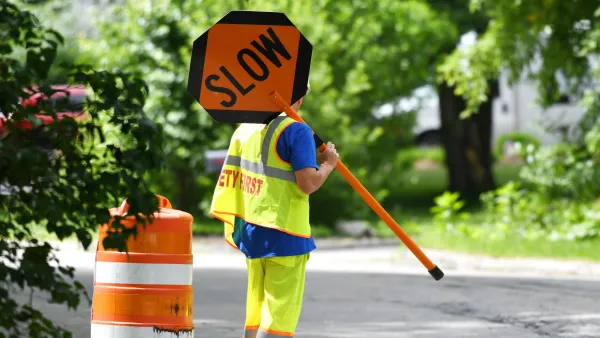Thousands of New Orleanians have participated in planning their post-Katrina future – likely more than in any single American city-planning effort, ever. Unfortunately, the New Orleans experience definitively demonstrates the limits of orthodox community-focused planning, the kind that has been neighborhood-based and consensus-driven.
Thousands of New Orleanians have participated in planning their post-Katrina future – likely more than in any single American city-planning effort, ever. Unfortunately, the New Orleans experience definitively demonstrates the limits of orthodox community-focused planning, the kind that has been neighborhood-based and consensus-driven.
Though the city now has a $14-billion Unified New Orleans Plan, it still has still not set clear priorities and has no compelling road map to the future.
I was taken to task in my criticism of UNOP because I did not praise the detailed rebuilding strategies that communities themselves created. Many of them are indeed creative, innovative, and sensitive, but consensus-based processes make it very difficult to take on issues that create winners and losers, and almost every dilemma in New Orleans (and there are many) does just that.
In one conversation an insightful local planner, Renia Ehrenfreucht (she took a position at the University of New Orleans after Katrina because she wanted to participate in rebuilding), pinned down why planners, and planning are "stuck": One of the key struggles is how to deal with a city that may not soon return to anything near its former population. "Ideally, planning can set these priorities," Ehrenfreucht said to me, "but when everyone is participating, no neighborhood is going to decide not to accept city services or to come back slowly. But if neighborhoods do return slowly, then people will turn around and say what do I do?"
I think it's shameful politicians can't lead on such a tough questions. If not the city's leadership, who else? Ehrenfreucht, among others, steered me to the political reality: "It is simply impossible for the mayor or the city council to say to constituents that some part of the city cannot be rebuilt," she said. The final plan skirts the issue by proposing incentives to encourage homeowners on low-lying land to rebuild in a clustered fashion on high ground within their neighborhoods. (An idea, I should say, generated at the neighborhood level.) It's more nuanced than earlier schemes that proposed to shrink the city's footprint. However, as people face up to the complications of such a plan, the very same issues of who goes, who stays, and what happens to failing neighborhoods will bubble up again.
The city will have to embrace innovation, like that cluster plan, but innovations need to be tested somehow before they are adopted by the entire city. "People power" planning, which can be conveniently shunted aside as naïve, is not enough for New Orleans.

Analysis: Cybertruck Fatality Rate Far Exceeds That of Ford Pinto
The Tesla Cybertruck was recalled seven times last year.

National Parks Layoffs Will Cause Communities to Lose Billions
Thousands of essential park workers were laid off this week, just before the busy spring break season.

Retro-silient?: America’s First “Eco-burb,” The Woodlands Turns 50
A master-planned community north of Houston offers lessons on green infrastructure and resilient design, but falls short of its founder’s lofty affordability and walkability goals.

Test News Post 1
This is a summary

Analysis: Cybertruck Fatality Rate Far Exceeds That of Ford Pinto
The Tesla Cybertruck was recalled seven times last year.

Test News Headline 46
Test for the image on the front page.
Urban Design for Planners 1: Software Tools
This six-course series explores essential urban design concepts using open source software and equips planners with the tools they need to participate fully in the urban design process.
Planning for Universal Design
Learn the tools for implementing Universal Design in planning regulations.
EMC Planning Group, Inc.
Planetizen
Planetizen
Mpact (formerly Rail~Volution)
Great Falls Development Authority, Inc.
HUDs Office of Policy Development and Research
NYU Wagner Graduate School of Public Service




























